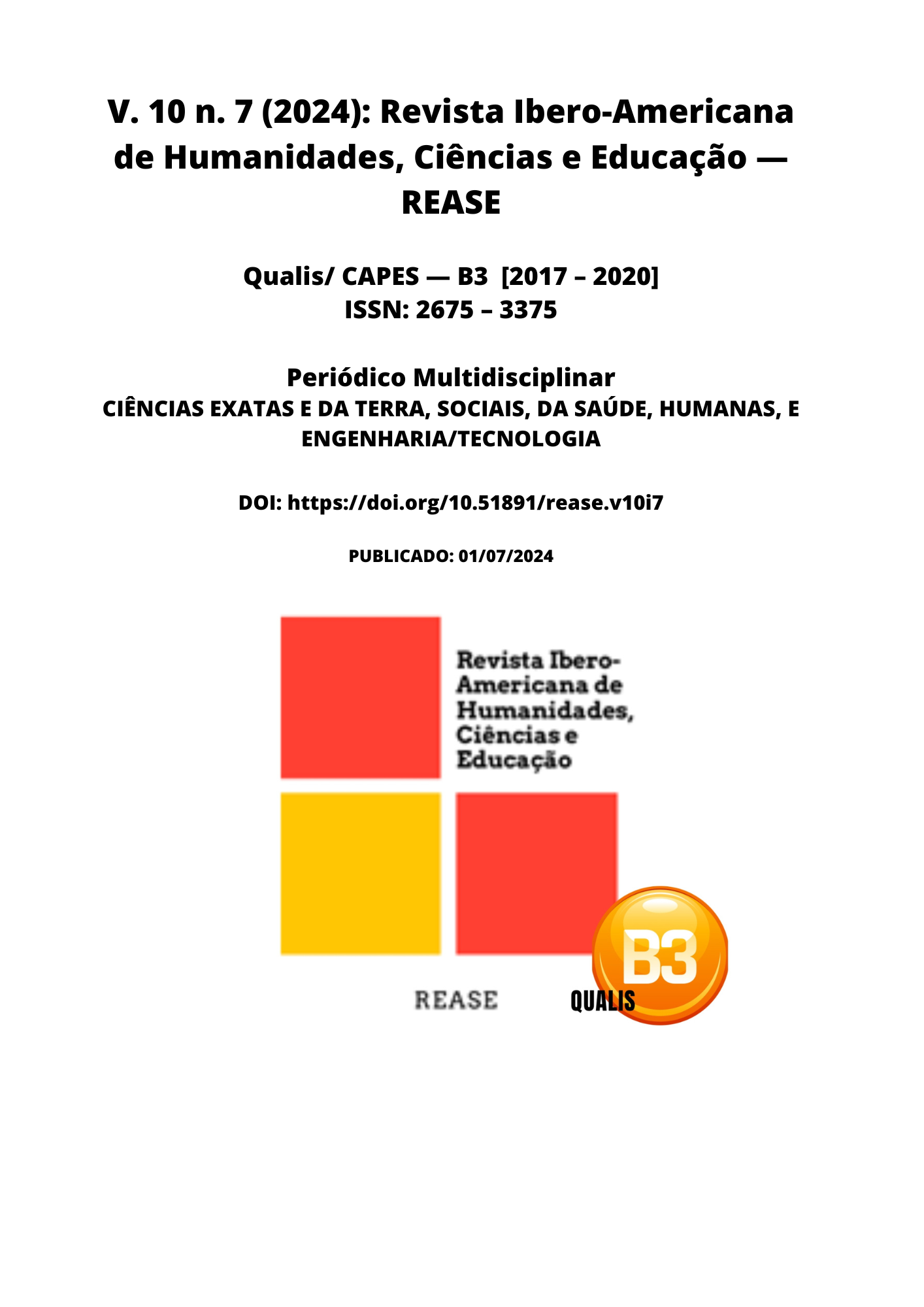THE IMPORTANCE OF APPLYING THE Flipped CLASSROOM METHOD IN TEACHING
DOI:
https://doi.org/10.51891/rease.v10i7.14837Keywords:
Learning. Teaching. Methodology. Knowledge construction.Abstract
The purpose of this work was to present the importance of including the flipped classroom method in teaching. When analyzing the contemporary scenario, it is clear that it is essential that there are changes in the way content is passed on to students. The traditional method for years created the image of the teacher as a mere transmitter of knowledge, with the student being a genuine listener and executor of extra-class activities, failing to receive the content effectively. When thinking from another perspective, teaching aims for transformation, thus the inverted classroom method was created so that the student has contact with the content even before the teacher passes it on, being able to reduce the subject in a categorical way, exposing it to colleagues , producing presentations, preparing projects and carrying out exercises with the help of the advisor, resulting in the subject being fixed quickly and productively.
Downloads
Downloads
Published
How to Cite
Issue
Section
Categories
License
Atribuição CC BY

